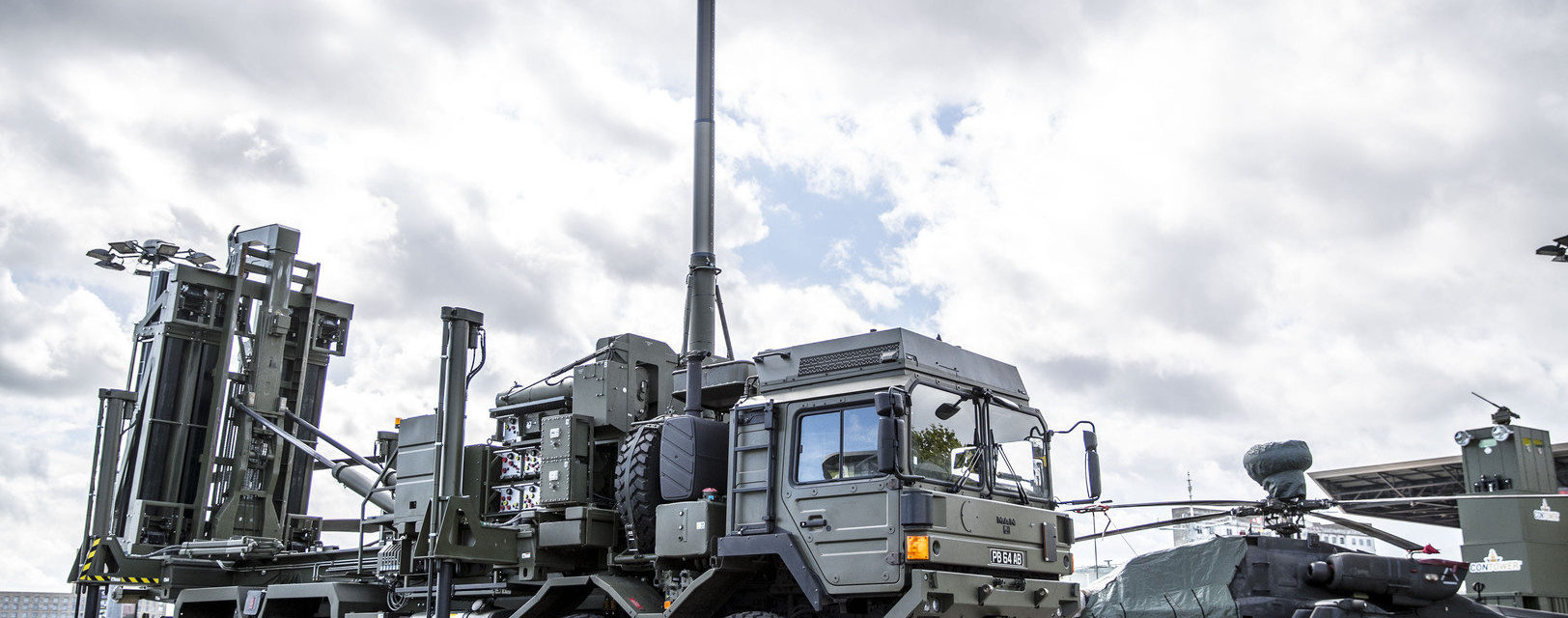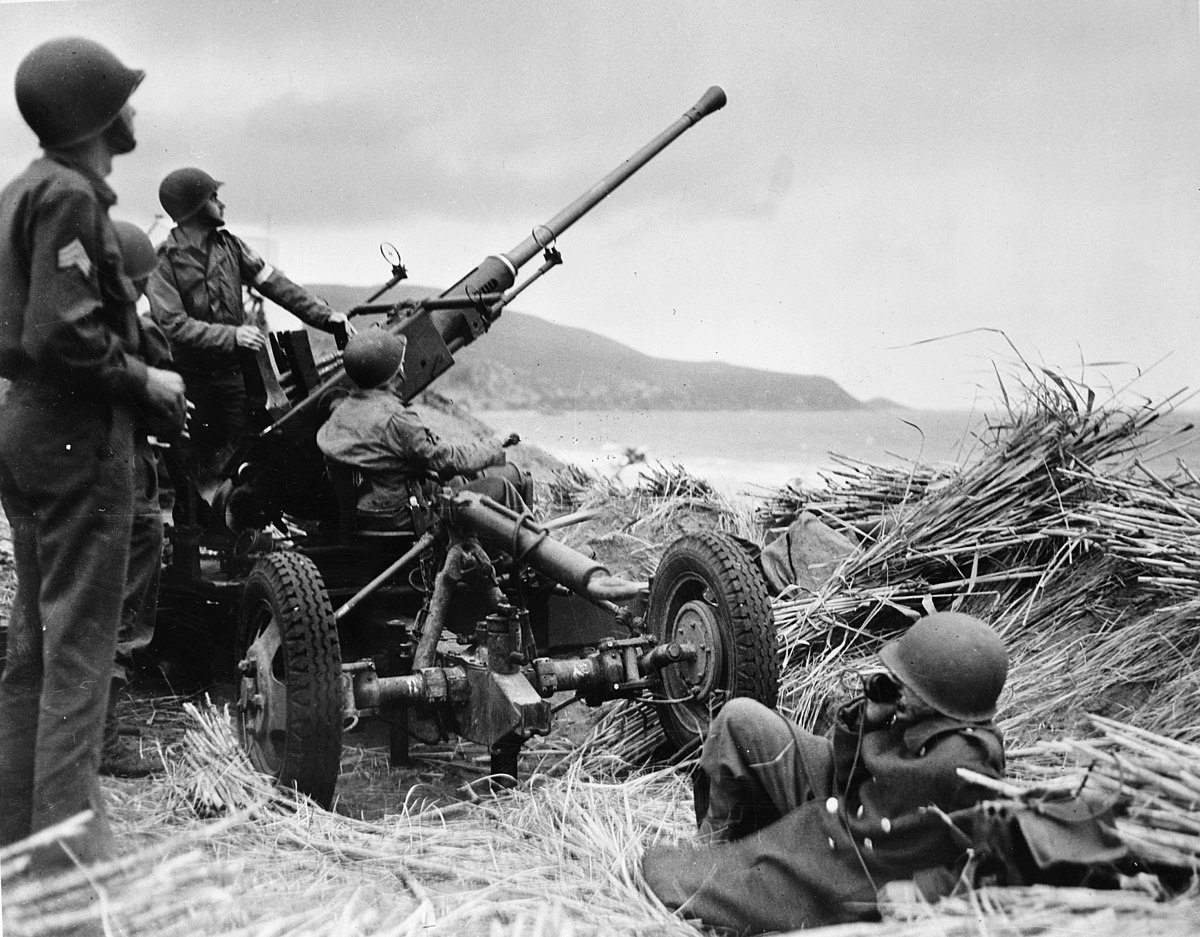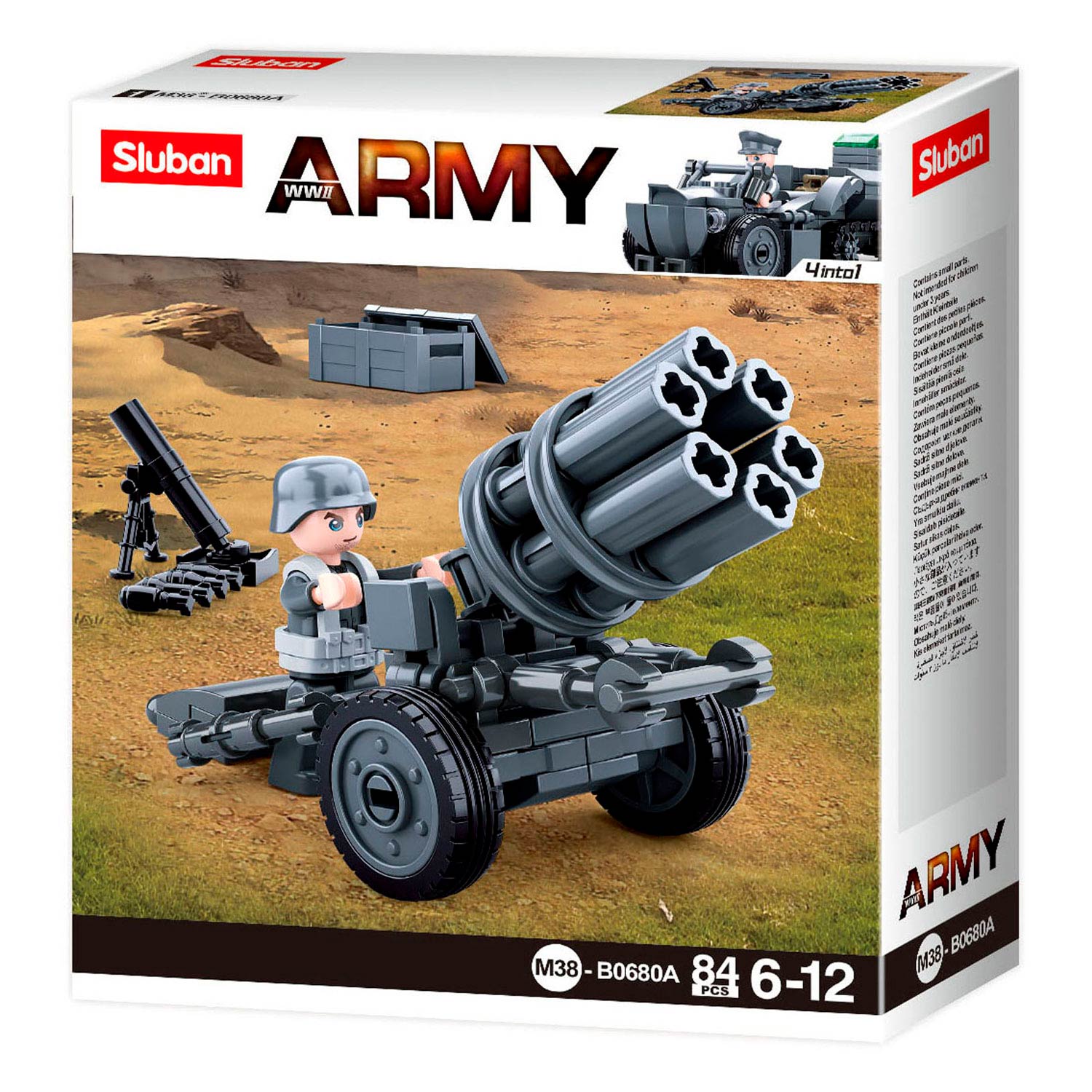Anti-aircraft - After two months of reluctance to supply heavy artillery systems to Ukraine, which has been thwarting a Russian invasion, Germany appears ready to supply Ukraine with Cheetah anti-aircraft weapons.
The country's Defense Minister Christine Lambrecht is expected to confirm the handover to her colleagues at a 40-nation meeting at Ramstein Air Base in Germany on Tuesday.
Anti-aircraft

The meeting was organized by the US Department of Defense in order to coordinate international efforts to provide military assistance to Ukraine. The US Defense Secretary will hold a meeting in Kyiv with Ukrainian President Volodymyr Zelensky after pledging military aid to Ukraine.
Camm (land Application)
The transfer of the now-retired self-propelled anti-aircraft weapon represents a reversal of Germany's policy of not sending heavy artillery to Ukraine for fear of further escalating the conflict.
German Chancellor Olaf Scholz has come under enormous pressure for his decisions and inaction. He has even come under fire from coalition partners the FDP and the Greens, who have publicly asked Scholz to give Ukraine more support in its fight against Russian aggression.
According to Süddeutsche Zeitung, Germany may send a total of 50 Gepard vehicles, which were discontinued by the German army in 2012. Based on the Leopard 1 tank, the Gepard carries a 35mm Oerlikon cannon and two radar pods for targeting. . A car made in the 1970s has a range of about 15 kilometers.
In addition to political issues, another factor complicating the decision to send the Gepard to Ukraine was the lack of ammunition for the systems. The solution is said to have been found in Brazil, which controls the systems.
Anti Aircraft Machine Gun Stock Photo. Image Of Army, Battle
Zelensky previously asked Germany for Marder infantry fighting vehicles, but Germany said it could not provide them due to defense needs and NATO commitments.
It should be noted that Germany was open to supporting the indirect transfer of artillery, despite its unwillingness to directly send heavy weapons to Ukraine. One such example is Germany's offer to supply its weapons systems to NATO countries willing to send heavy weapons to Ukraine.
Update: The German Ministry of Defense has confirmed that it will supply Gepard vehicles to Ukraine. Details of when and how the systems will be transferred have not yet been disclosed.

Deutschland Wird Gepard-Flugabwehrpanzer liefner, Minister of Das Verkündete Lambrecht Ramstein and Soeben. More than 30 countries will support 🇺🇦 at the conference. Unsere Stärke ist unsere Geschlossenheit #NATO and EU. pic.twitter.com/QRRapl21KK — Verteidigungsministerium (@BMVg_Bundeswehr) April 26, 2022
The Anti Aircraft Tank Germany Will Send To Ukraine This Month
Hours after Germany confirmed it had delivered Gepard vehicles to Ukraine, Switzerland vetoed the re-export of tank ammunition.
The Swiss State Secretariat for Economic Affairs (SECO) confirmed the veto, which prevents the re-export of 35mm tank ammunition. It also fails to meet another German request for 12.7mm ammunition.
"Two German questions about whether ammunition from Switzerland could be transferred to Ukraine were answered in the negative, based on Swiss neutrality and the mandatory refusal criteria of the Swiss war material law," SECO said. The Secretariat reported that it is not yet known what kind of ammunition will be sent to Ukraine with the help of Gepard SPAAG.
This website uses cookies to improve your experience. We think it's fine with you, but you can opt out if you want. Cookie settings ACCEPT
Watch: Russia Shows Off Air Defense System Against Ukraine
This website uses cookies to improve your experience when browsing the website. Among these cookies, cookies categorized as necessary are stored in the browser because they are essential for the operation of the main functions of the website. We also use third-party cookies to help us analyze and understand how you use this website. These cookies are stored in your browser only with your consent. You have the option to refuse these cookies. However, opting out of some of these cookies may affect your browsing experience.
Necessary cookies are essential for the website to function properly. This category only includes cookies that provide basic functionality and security features of the website. These cookies do not store any personal information.
Non-essential cookies are any cookies that are not essential for the website to function and are used to collect user personal data through analytics, ads, and other embedded content. It is mandatory to obtain user consent before enabling these cookies on your website. This article requires additional citations for verification. Please help improve this article by adding links to reliable sources. Unattributed material may be disputed and removed. Find Sources: "Unmanned Aerial Vehicles" - News · Newspapers · Newspapers · Books · Magazine (November 2007) (find out how and who this template is)

An anti-aircraft vehicle, also known as a self-propelled anti-aircraft weapon (SPAAG) or self-propelled air defense system (SPAD), is a mobile vehicle with special anti-aircraft capabilities.
Type 87, Self Propelled Anti Aircraft, Jgsdf, Japan, 1:72, Deagostini
Special weapon systems used include machine guns, autocannons, larger guns or rockets, and some have two guns and long-range missiles (such as the Pantsir-S1). Platforms used include both trucks and heavy combat vehicles such as armored personnel carriers and tanks, which provide protection from aircraft, artillery and small arms for front-line deployment.
Anti-aircraft guns are usually mounted on a fast-moving turret with a high rate of climb to control fast-moving aircraft. They often come in two or four mounts and provide a high rate of fire. Additionally, many anti-aircraft guns can be used in a direct fire role against ground targets. Today, missiles (mounted on similar turrets) have largely replaced anti-aircraft weapons, but they may make a comeback as a cheap way to counter unmanned aerial systems (drones).
Anti-aircraft guns have long been mounted on trucks and were common during the First World War. A WW1 truck-mounted German 77mm anti-aircraft gun, a precursor to the German '88' anti-aircraft gun during WWII. and showed great effect against British tanks.
British QF 3-inch 20 kW fitted to trucks for use on the Western Front. QF 1 lb pompon, the first British special anti-aircraft weapon. The Pierce-Arrow was produced in limited numbers and mounted on an armored truck called the Armored AA Truck, which entered service only in 1915.
Soviet 85 Mm. Anti Aircraft Gun 52 K With Crew 1/72
Between the two world wars, Great Britain developed the Birch cannon, a heraldic artillery piece on an armored tracked chassis. The gun can be raised for anti-aircraft use.
Vickers Armstrong also developed the Vickers QF-1 "Pom-Pom" 40mm gun mount SPAAG based on the Vickers Mk.E 6 ton light tank/Dragon, Medium, Mark IV artillery tractor chassis. About 26 were sold to Siam and were used in the Franco-Thai War (1940-1941) as infantry support guns and AA guns, as well as 30 Vickers Mk.E 6-ton Type B tanks. This may be the first SPAAG produced in this series. The British later developed a version of the Mk.VI light tank, called the Light Tank AA Mk.I, armed with four machine guns. A twin 15mm version was also developed based on the Mk.V light tank.
Among the early pre-war pioneers of self-propelled AA guns were the Germans. During the war, they were Sd. Kfz. 10/4 and 6/2, cargo half-tracks, to mount single 20mm or 37mm AA guns (respectively). Later in the war, similar German half-tracks were equipped with four 20 mm guns.

Larger guns followed the larger trucks, but these required mounting outside the truck to free up the stabilizer legs required by these guns. One exception to this rule was the Italian Cannone da 90/53, which was very effectively mounted on trucks called "autocannoni da 90/53". The 90/53 was a powerful weapon, especially in the anti-tank role, but only a few hundred were produced during the armistice of 1943.
Starstreak: What Is The Uk Made Weapon Being Used In Ukraine And How Does It Compare To Stingers?
Other countries have tried to work on truck chassis. Beginning in 1941, the British developed a "port" method of mounting an anti-tank gun (originally a 2-pounder) on a truck. This was to prevent the weapon from being damaged when dragged long distances across rough, rocky deserts, and was intended as a method of transporting the weapon by dismounting it only for firing. However, due to the mobility of this method, crews attempted to fire their weapons from their vehicles, resulting in casualties.
This of course inspired their Morris C9/B (officially "Carrier, SP, 4x4, 40mm AA"), a Bofors 40 mm AA gun mounted on a chassis derived from a Morris "Quad" Field Artillery Tractor truck.
Similar types based on 3-ton trucks were produced in Britain, Canada and Australia and together constituted the largest number of self-propelled AA guns in British service.
The US Army introduced Bofors 40mm AA guns and mechanized turret mounts, first to Britain and then to France. The turrets had four, 50-inch (12.7 mm) machine guns, arranged to line up at a point.
Anti Aircraft Battery In Gibraltar Editorial Photography
Skink anti aircraft tank, anti submarine warfare aircraft, stinger anti aircraft missile, anti aircraft game, anti-aircraft, anti aircraft systems, anti aircraft artillery wwii, aircraft anti collision lights, anti aircraft vehicle, anti aircraft artillery, anti aircraft missile, anti aircraft gun
0 Comments